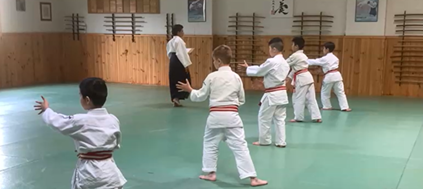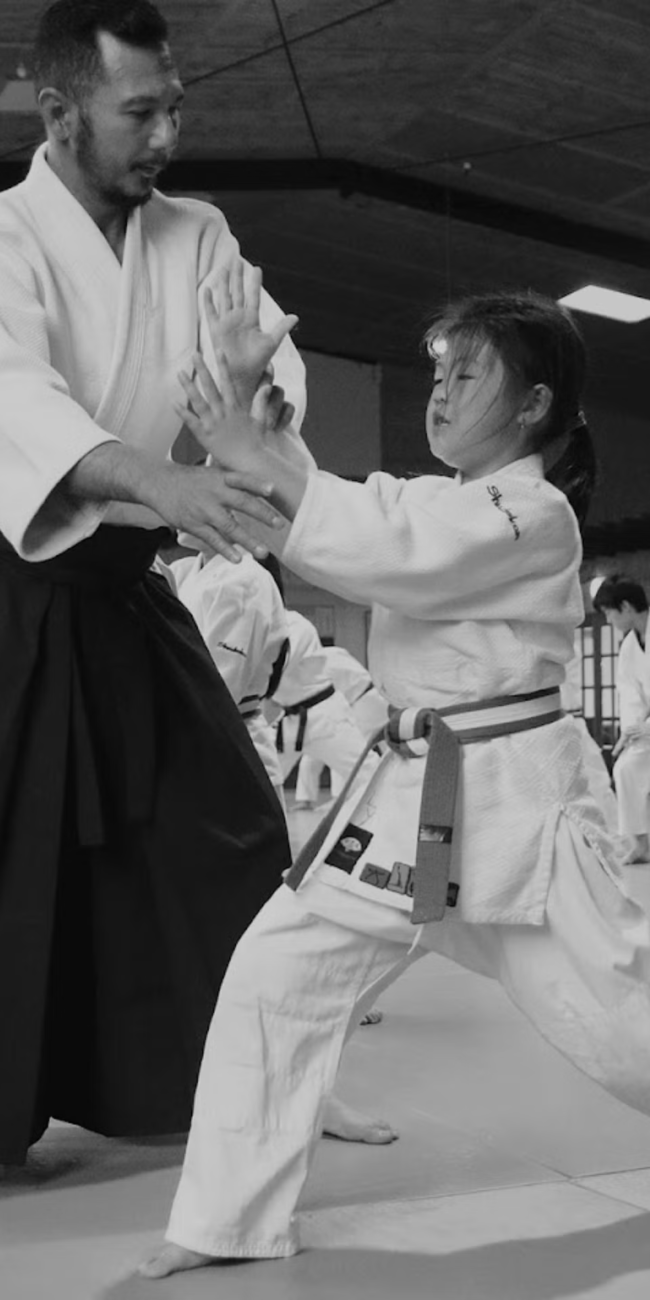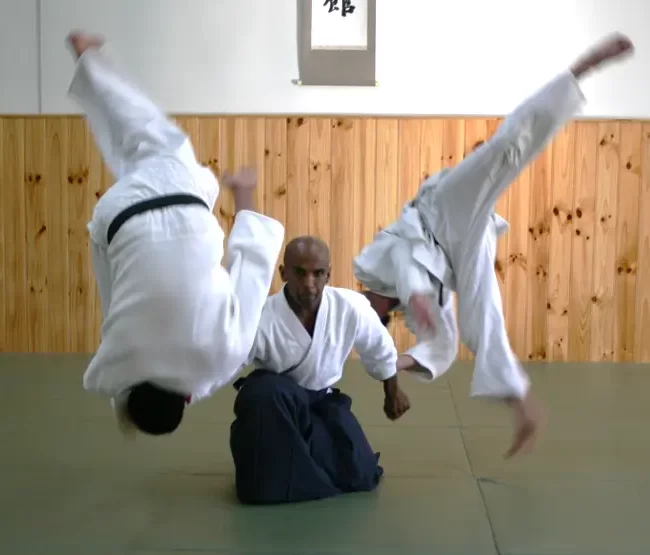
Introduction:
Aikido, often referred to as the “art of peace,” is a martial art that goes beyond the mere physicality of self-defense techniques. At the heart of Aikido lies a profound and essential practice known as “ukemi” – the art of falling. In this article, we will explore the significance of ukemi in Aikido, its role in preventing injuries, and how it fosters a deeper understanding of harmony and resilience.
The Essence of Ukemi:
Ukemi is a term derived from the Japanese words “uke” (receiver) and “mi” (body). It refers to the skill of receiving an attack, adapting to it, and ultimately, taking a fall with grace and control. While ukemi is crucial for the safety of the practitioner, its importance extends far beyond the physical act of falling.
Preventing Injuries:
One of the primary functions of ukemi is injury prevention. Aikido techniques often involve throws and joint locks that, if not executed with proper ukemi, could lead to injuries. Through the practice of ukemi, Aikido practitioners learn to disperse the force of a technique throughout their bodies, minimizing the impact on vulnerable areas.
Developing Sensitivity and Awareness:
Ukemi is not merely about hitting the mat; it’s about developing a heightened sense of awareness and sensitivity to the movements of one’s partner. Practitioners learn to read the intentions of their training partner, anticipate techniques, and move in harmony with the energy of the attack. This heightened awareness extends beyond the dojo into daily life, fostering a sense of mindfulness and presence.
Building Trust and Collaboration:
In Aikido, practitioners often work in pairs, with one person executing a technique while the other performs ukemi. Trust is paramount in this exchange. The uke entrusts their safety to the nage (the one performing the technique), and the nage relies on the uke to receive the technique appropriately. Through the practice of ukemi, Aikido cultivates an environment of trust, collaboration, and mutual respect.
Falling with Grace:
Ukemi is not just about falling to the ground; it’s about falling with grace and control. Aikido practitioners learn to roll, slide, and pivot smoothly, turning what might seem like a forceful throw into a fluid and controlled motion. This gracefulness in falling reflects the broader philosophy of Aikido – the idea of blending with and redirecting energy rather than opposing it.
Ukemi Beyond the Dojo:
The principles of ukemi extend beyond the confines of the Aikido dojo. The ability to adapt to unexpected challenges, both physical and metaphorical, is a valuable life skill. Practitioners find that the resilience and flexibility developed through ukemi serve them well in facing the inevitable bumps and falls encountered in everyday life.
In Aikido, ukemi is not just a practical skill; it is a metaphor for approaching life’s challenges with grace, adaptability, and resilience. The art of falling becomes a lesson in embracing change, navigating adversity, and maintaining harmony in the face of opposition. As Aikido practitioners continue to refine their ukemi, they not only enhance their physical abilities but also embark on a journey of personal growth and self-discovery.





